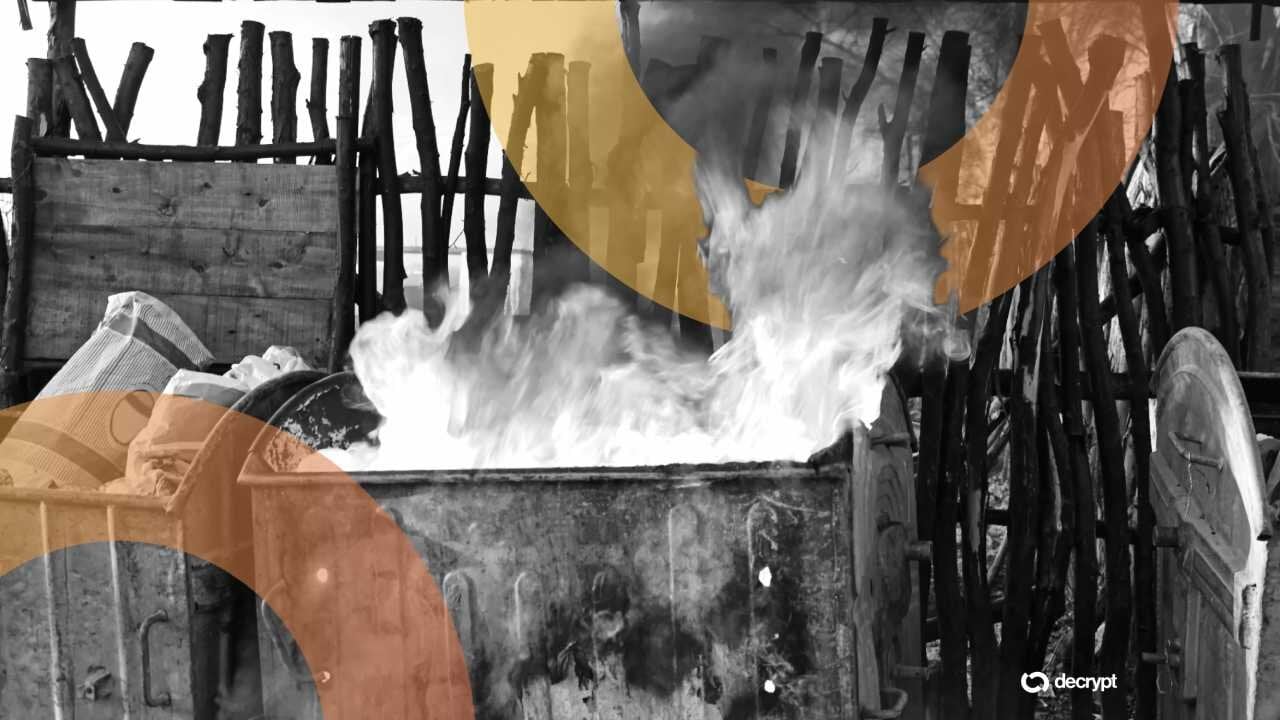LimeWire Revives Fyre Festival With Bold Crypto Overhaul - Here’s The Fresh Start Strategy

LimeWire just pulled off the most unexpected acquisition in crypto history—snatching up the infamous Fyre Festival brand. Forget the failed luxury music fest; think digital asset revolution.
The Crypto Pivot
Instead of overpriced sandwiches and stranded influencers, LimeWire's rebrand will feature NFT tickets, tokenized experiences, and blockchain-based artist payments. They're cutting out traditional event middlemen and building on-chain trust where Fyre infamously failed.
Zero mention of the original disaster—just pure Web3 ambition. One finance insider quipped: 'Finally, a use case for crypto that's actually more trustworthy than a hedge fund's balance sheet.'
Active development starts immediately. The team's bypassing conventional event planning entirely—building everything from the ground up with smart contracts and community governance.
Will it work? Either way, it's already more organized than the original.
Why is LimeWire doing this?
People may remember LimeWire as the popular early 2000s peer-to-peer music sharing service. It was known as a breeding ground for pirated music and viruses, later becoming an icon of the early internet. However, it shut down in 2011 after losing a piracy legal battle with the Recording Industry Association of America.
In 2022, LimeWire was relaunched as an NFT marketplace with new owners and Zehetmayr at the helm. It has since moved closer to its roots, with the CEO comparing it to WeTransfer with a “decentralized backend” and an ethereum token to boot. The company believes the relaunch has been a success, claiming that it attracts 2.5 million active monthly users.
Fyre Festival, by comparison, is arguably one of the best-known festivals in the world—for all the wrong reasons. It was branded as a luxurious event hosted on a private island, advertised by big celebs, and said to be full of “the best in food, art, music, and adventure.” Tickets cost guests up to $100,000.
On arrival, however, the Fyre Festival was revealed to be anything but luxurious.
Rather, guests found disaster relief tents as the site was still under construction, with loose safety measures and limp cheese sandwiches that became a meme. No major artists ultimately performed, and guests were evacuated after the first night.
The epic failure embedded itself into the public consciousness with the 2019 release of a Netflix documentary, which was nominated for four Emmys. An attempt by McFarland—fresh out of prison—to launch a new Fyre Festival earlier this year was ultimately canceled.
The LimeWire team believes that it can revitalize the Fyre brand, just like it did with the file-sharing platform.
“Fyre, after all, is a well-known brand. Obviously, everybody knows it. It’s also a challenge for us,” Zehetmayr said. “Two infamous brands. We believe the brands fit together.”
However, LimeWire is fully aware that it is adopting a brand that has been shamed from all angles. In fact, it plans to embrace the meme-worthy side of Fyre’s failings.
“We're not trying to take it too seriously here. We're not acting like we bought a premium brand that is worth a lot,” Zehetmayr told Decrypt. “Everything we will do will be obviously based around humor and taking ourselves not too seriously. I think that's really important. I think there'll be, hopefully, a lot of funny memes and merch, etc., coming in the future.”

